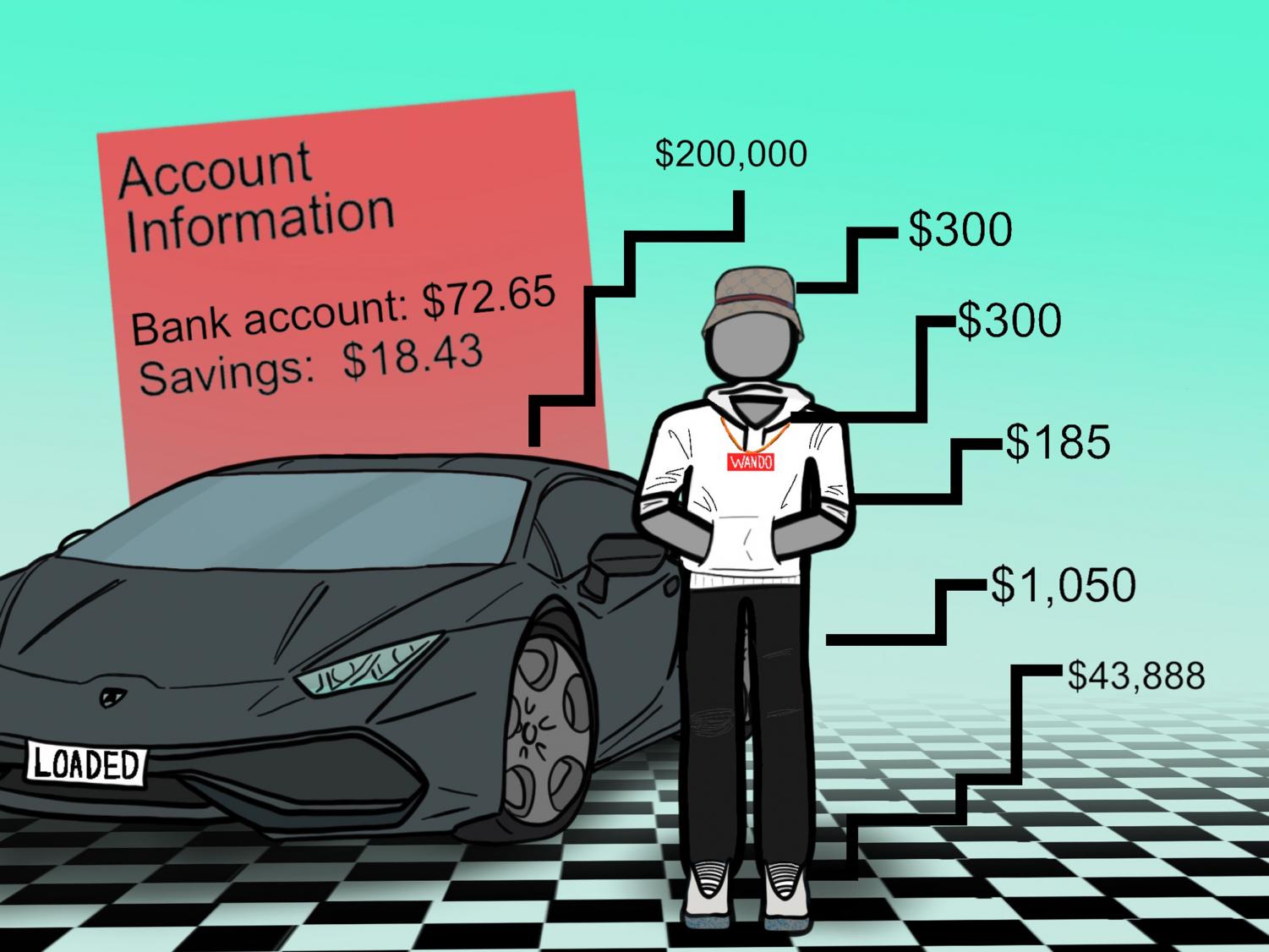Financial literacy: a crucial life skill
July 16, 2019
Throughout school, students learn advanced mathematical and chemical equations, American history, art, music and English.
But most Americans never learn how to properly manage money.
Debt is an accepted part of most people’s lives. Thirty percent of Americans have no long-term financial plan. Some have a tendency to spend money when and where they want with the mindset that they will pay it back later.
The widespread financial illiteracy this country faces is the biggest failure of the U.S. education system.
A bill—SB 808—was introduced Jan. 8 to the S.C. state legislature that would require universities to provide a financial planning course for all athletes. So let’s expand this idea to all high school students, where all students would be required to have a personal finance course credit to graduate.
Wando already offers personal finance classes, which students can choose to take. All students graduating from a S.C. public school must pass an economics class so they will have at least a basic understanding of the economy.
It’s time to make sure that students also understand how to manage their own personal finances as well as how to make good financial decisions.
Everyone needs to know the basics: how to write a check, how to open a checking and savings account, how to take out a loan, how to pay your bills, even how to make a basic budget for yourself. Those are givens, and things that are not always taught to teens by their parents or school.
But it’s also important to understand how credit works. One hundred and fifty-seven million Americans have credit card debt.
That number should be zero.
Credit cards—while necessary to establish credit—are not something people should rely on. You should never use a credit card to buy things you can’t afford. Instead, some companies give what seems like great deals to young college students to lure them to the dark side of credit.
Credit card interest rates average out around 15 percent each month, meaning that if you go into debt, the amount of money you will owe will increase by a huge amounts. One way to combat this problem is only to spend what you know you can pay off at the end of each month.
Americans also need to learn how to save money for emergencies. Actual emergencies do happen, and they can be very expensive. Emergency funds should be there to help cover things like car accidents, home repairs, medical emergencies and legal issues. Those funds need to be saved for those real emergencies, not things like impulse purchases on clothes or cars.
The biggest general rule is that you shouldn’t spend money you don’t have. If you live within your means, you should be able to avoid catastrophic debt. There are only two things that you should buy if you don’t have enough money for them upfront: college and a house.
Those two things are essential, and almost no one has the financial resources to pay for them without taking out a loan.
College is an investment in your future, but you need to be smart about where you go.
Spending $120,000 to go to a private university and get an art history degree is not a good investment in your future.
So the way we do this is by keeping a budget and knowing exactly where your money is going. That’s where a personal finance class would teach students how to do this.
You also have to be realistic about what the cost of living really is. The average rent for a one bedroom apartment in Mt. Pleasant is $1,234 without utilities. Then you have to add roughly $150 for utilities, another hundred for phone and another hundred or so for cable and wifi. Add that together and the cost of actually living alone is a lot higher than most people think.
That’s just the bare minimum, not including entertainment, clothes, food and gas.
When you take all expenses into account, the cost of living is higher than a lot of high schoolers think, and you need to look realistically at what your income allows you to do.
Ify ou are barely paying your bills at the end of the month, then you can’t afford to go to concerts or
go out to eat. It’s simply not in your budget. That is the simple, uncomfortable truth.
You need to understand how much money you need to live the lifestyle you want. If you don’t make enough to live your desired lifestyle, then you can’t live that lifestyle, Period. Don’t bury yourself in debt taking out a loan to buy a Corvette and expensive clothes to give off an illusion of success.
It’s time for Americans—including high school students—to learn how to be responsible with money.
